Use of Cookies
Our website uses cookies to facilitate and improve your online experience.
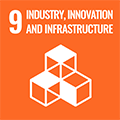
Zenkoji strives to be in line with the global Sustainable Development Goals proposed at the UN Summit, and has put into practice many of the 17 goals set forth in the SDGs.
In particular, with regard to the ninth goal, “Industry Innovation and Infrastructure” we are working on two activities: a pilgrimage route called the “Path of Wisdom” and the “Kanzeon Ceramics Center.”
The “Path of Wisdom” is a pilgrimage route based on the 88 temples pilgrimage in Shikoku, Japan, and aims to bring Christianity and Buddhism together. Started in 1987, it is the first pilgrimage route in Brazil. In recent years, Zenkoji has been making great efforts to improve the infrastructure of the places that receive pilgrims, and to strengthen the overall activities of the pilgrimage route, including the pilgrims who use it, the people who live along the way, the town hall, and the souvenir stores. There are various tourist and religious sites that were the brainchild of Zenkoji, one of which is a park with a torii gate where the Kanzeon Ceramics Center is located.
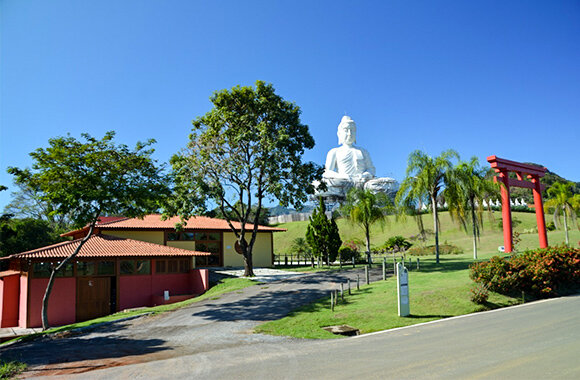
The 35-meter-high Ibiracu Great Buddha is the largest seated Buddha statue in the West. It was made of 350 tons of reinforced concrete with the help of dozens of experts from the state, as well as companies that provided materials and construction work. In the garden, there is a waterfall with 200,000 liters of water and a pond with carp, which is lit up at night.
The surrounding “Wisdom Forest” is a two-hectare area of land that has been transformed into a garden with lawns, local trees, tables and chairs, and a place for relaxation. An average of 5,000 people visit the park every week. There is also a large cafeteria of 324 square meters. A torii gate built in 2004 at the entrance of the park serves as the entrance to Zenkoji Temple. In front of the torii gate, next to the Kanzeon pottery workshop, is a Zen Garden that invites visitors to enter a spiritual world.
All of the above facilities are equipped with toilets, and there is a water supply provided by the city as well as its own well, which provides ample electricity. The Park is located along National Highway 101, making it easily visible and convenient for visitors from Ibiracu and neighboring areas.
The building of the Kanzeon Ceramics Center is made of reinforced concrete and wood, with a two-tiered roof designed to make the central space light and airy. In addition to regular clay, liquid clay, paints, oxides, and enamels are used to make the pottery, and all material waste is reused.
Zenkoji has been working to set up a pottery school for more than ten years, collecting donations for building costs, equipment, tools, and materials, and searching for people and other resources to teach pottery techniques. In 2009, we established the “Kanzeon Ceramics Center.” The first eleven students were from the Brazilian government’s Educação dos Jovens e Adultos (EJA), which is a group of people who were not educated in a timely manner and women who live in the surrounding area. Later on, the number of participants increased to 25, not only from the neighborhood of the pottery center, but also from three nearby cities (Aracruz, Hundon, and John Neiva). In this way, the pottery center is becoming the center of pottery production not only in the surrounding villages but also in the province of Espirito Santo.
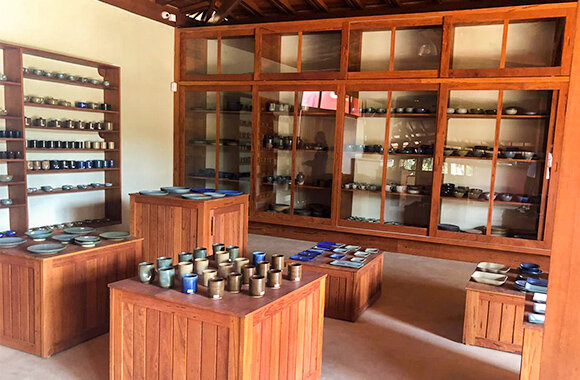
The pottery center aims to train people to appreciate the importance of collaboration, knowledge of proper economics, income generation, social responsibility, and knowledge of various fields in traditional and modern techniques. Through various activities, students are taught to develop themselves in the form of concentration, imagination, discipline, and adaptation, as well as to develop social skills such as collaboration and awareness of organizations and groups.
The decorative and utilitarian ceramics made by the students are displayed and sold in the showroom of the ceramics center. The income is used to support the maintenance of the project and the livelihood of the students through the cooperative system.
The goal of the center is to help students learn the art of pottery, which is very expensive to learn, so that they can make it their profession, earn money, and become full-fledged members of society in the future.
It is our hope that students who graduate from the pottery center will continue to belong to the project, attend classes to further develop their skills, and with the help of the classes, establish a pottery center in their own community, where they can pass on their knowledge and skills to the people living there, so that the residents can enjoy the opportunity to learn and earn money, and a sustainable society can spread. I hope this will lead to a sustainable society.
Gassho
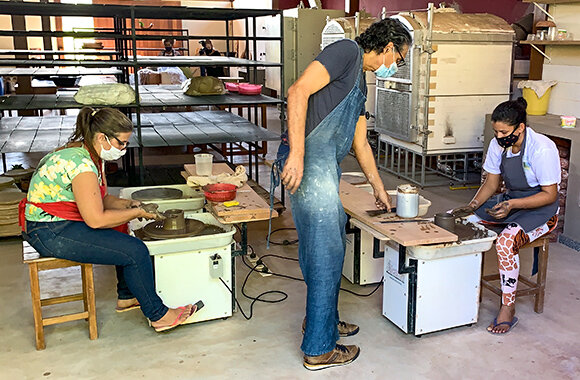
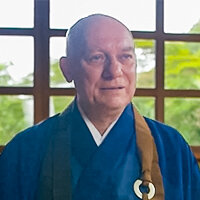
Zenkoji, Ibiracu, Espirito Santo State, Federative Republic of Brazil